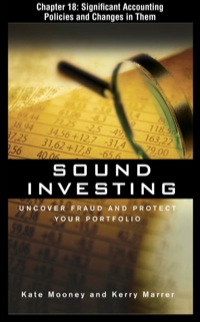Question
Problem Set #3 Please solve all parts of this problem set. In your solution to each part, please show the calculations that support your final
Problem Set #3
Please solve all parts of this problem set. In your solution to each part, please show the calculations that support your final answer.
Consider the basic setup of the Diamond-Dybvig (1983) model. Specifically, there are three periods, denoted t=0,1,2, a single consumption good, and an illiquid investment opportunity that pays gross return 1 if liquidated at t=1, or gross return 1.9 if liquidated at t=2.
There are 1000 people in the economy, each endowed with 1 unit of the consumption good at t=0. At t=1, exactly half (500 people) will randomly realize that they need to consume at t=1 (the early consumers), the remaining 500 people will need to consume at t=2 (the late consumers). The utility derived from consumption is 1 (1/c1)2 for early consumers, 1 (1/c2)2 for late consumers, where the subscript denotes the time of consumption.
(i) Calculate the expected return (from a t=0 perspective) of direct investing. (ii) Calculate the expected utility (from a t=0 perspective) derived from direct investing.
Suppose a bank can offer an asset that is more liquid, with gross returns Rd1 = 1.10 and Rd2 = 1.71 (depending on the time of liquidation).
(iii) Calculate the expected return (from a t=0 perspective) of depositing with this bank. How does it compare to the expected return from direct investing?
(iv) Calculate the expected utility (from a t=0 perspective) derived from depositing with the bank. Do you conclude that people would prefer banking to direct investing at t=0?
Suppose the bank offers a different asset instead, one that pays the same return, Rd, to all depositors (i.e., regardless of the time of liquidation).
(v) What is the highest gross return Rd that the bank can offer all depositors?
(vi) Now suppose the late consumers pretend to be impatient and withdraw early. How many people can be paid before the bank runs out of funds?
Step by Step Solution
There are 3 Steps involved in it
Step: 1

Get Instant Access to Expert-Tailored Solutions
See step-by-step solutions with expert insights and AI powered tools for academic success
Step: 2

Step: 3

Ace Your Homework with AI
Get the answers you need in no time with our AI-driven, step-by-step assistance
Get Started


